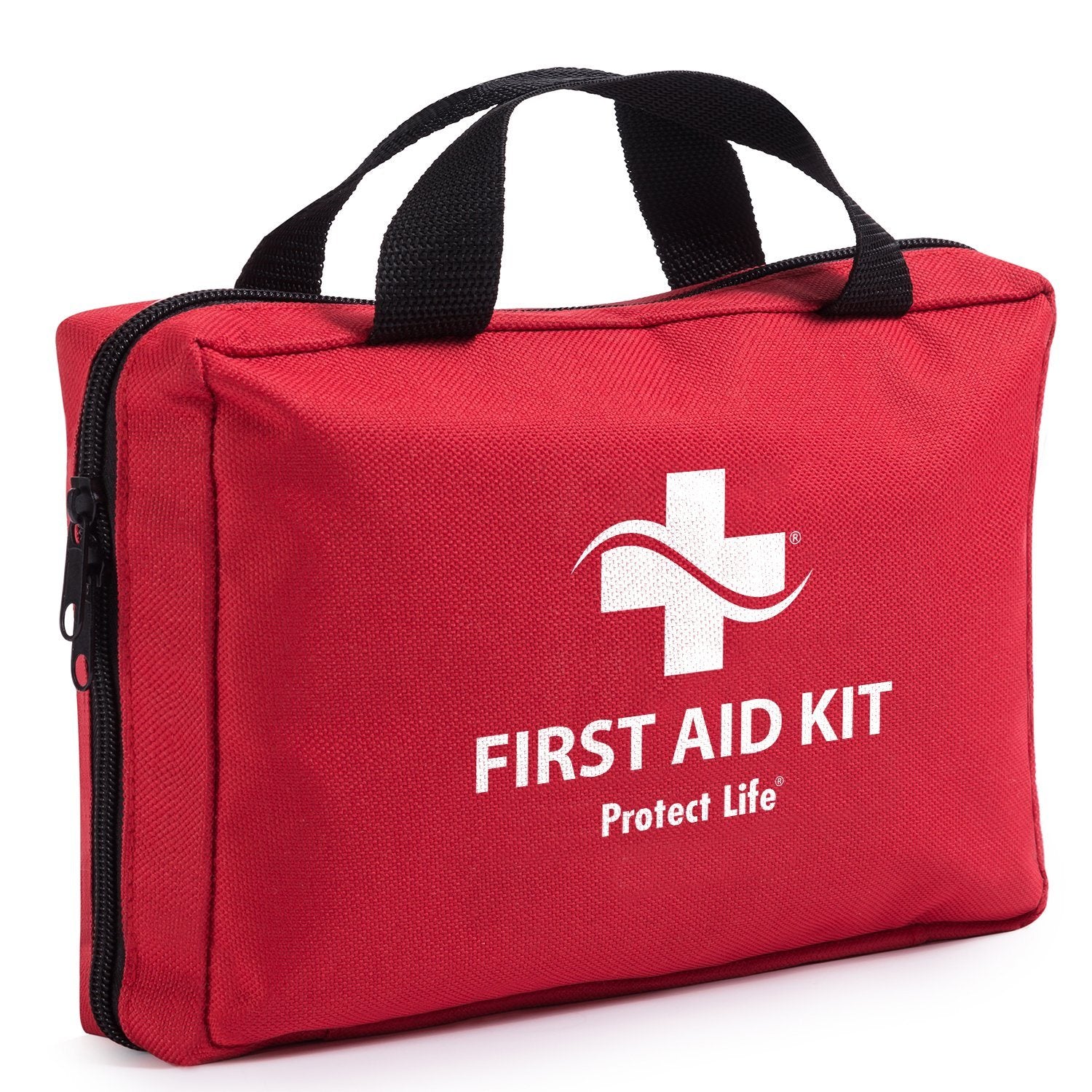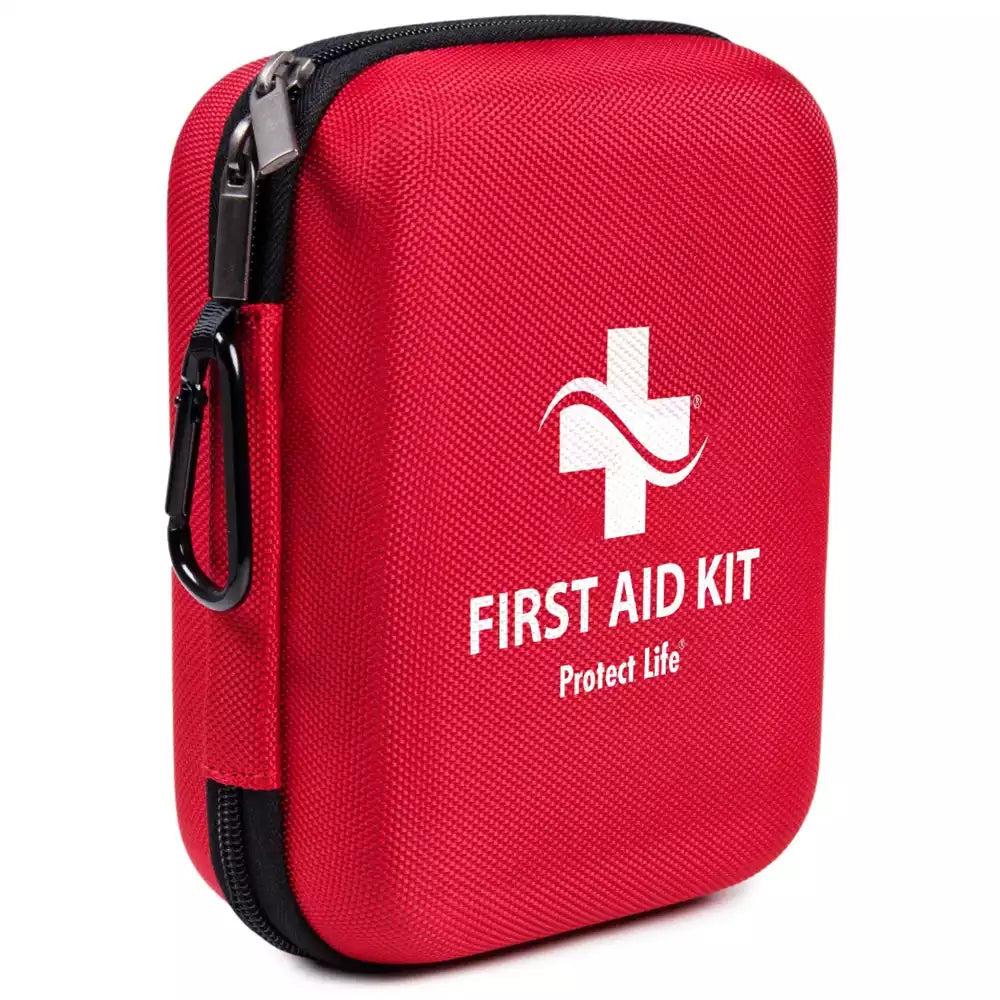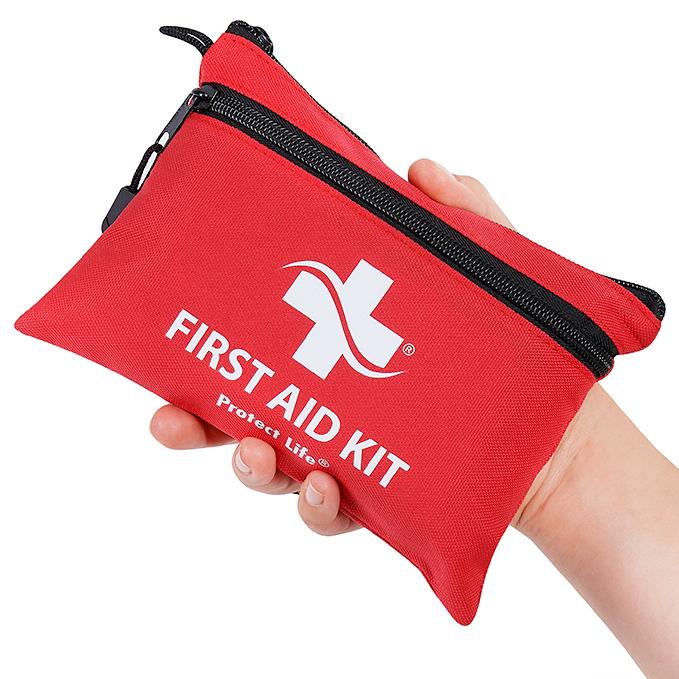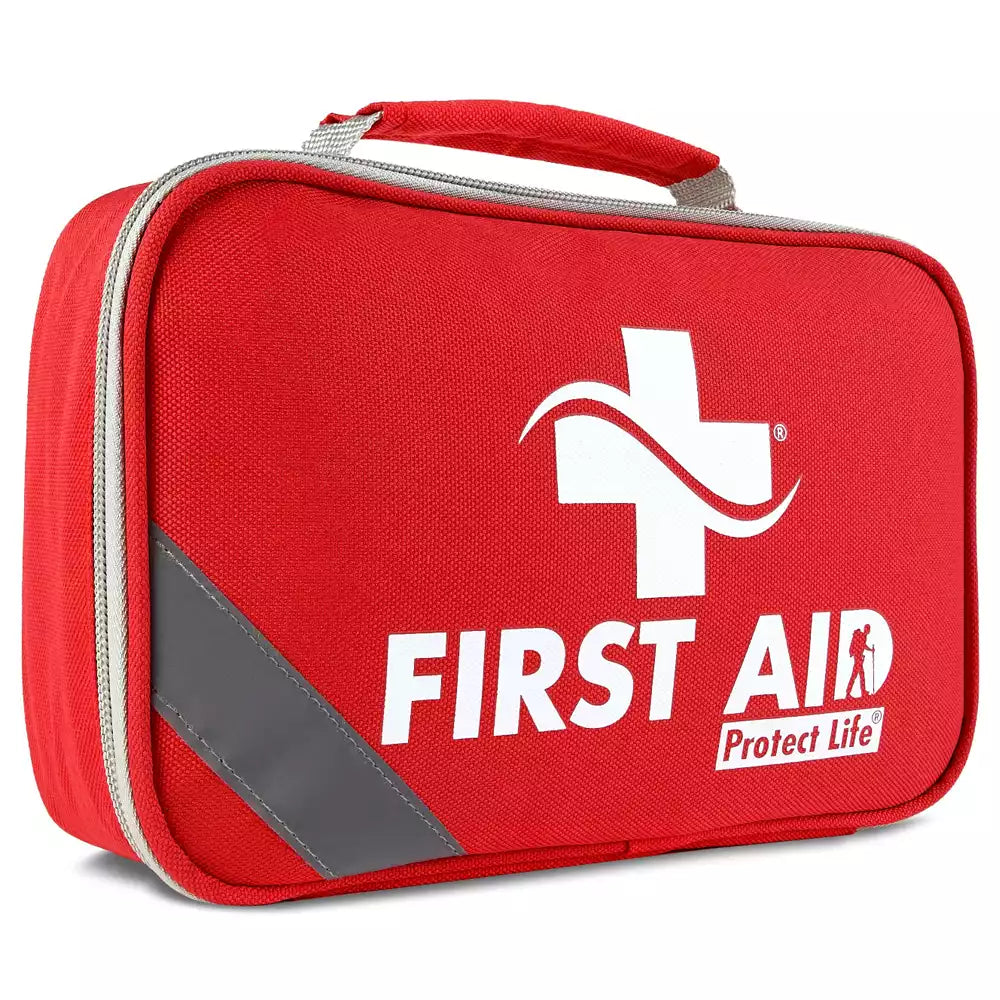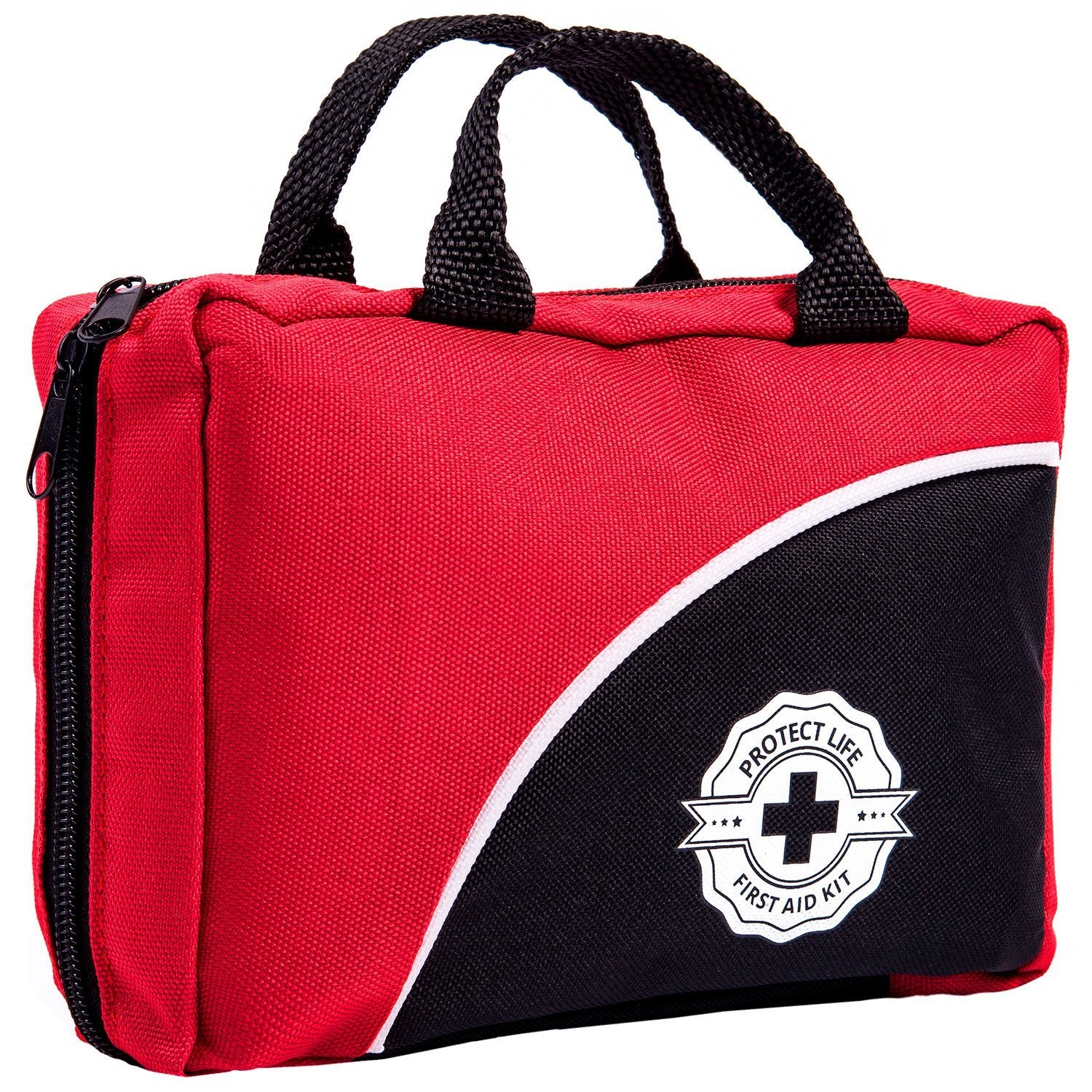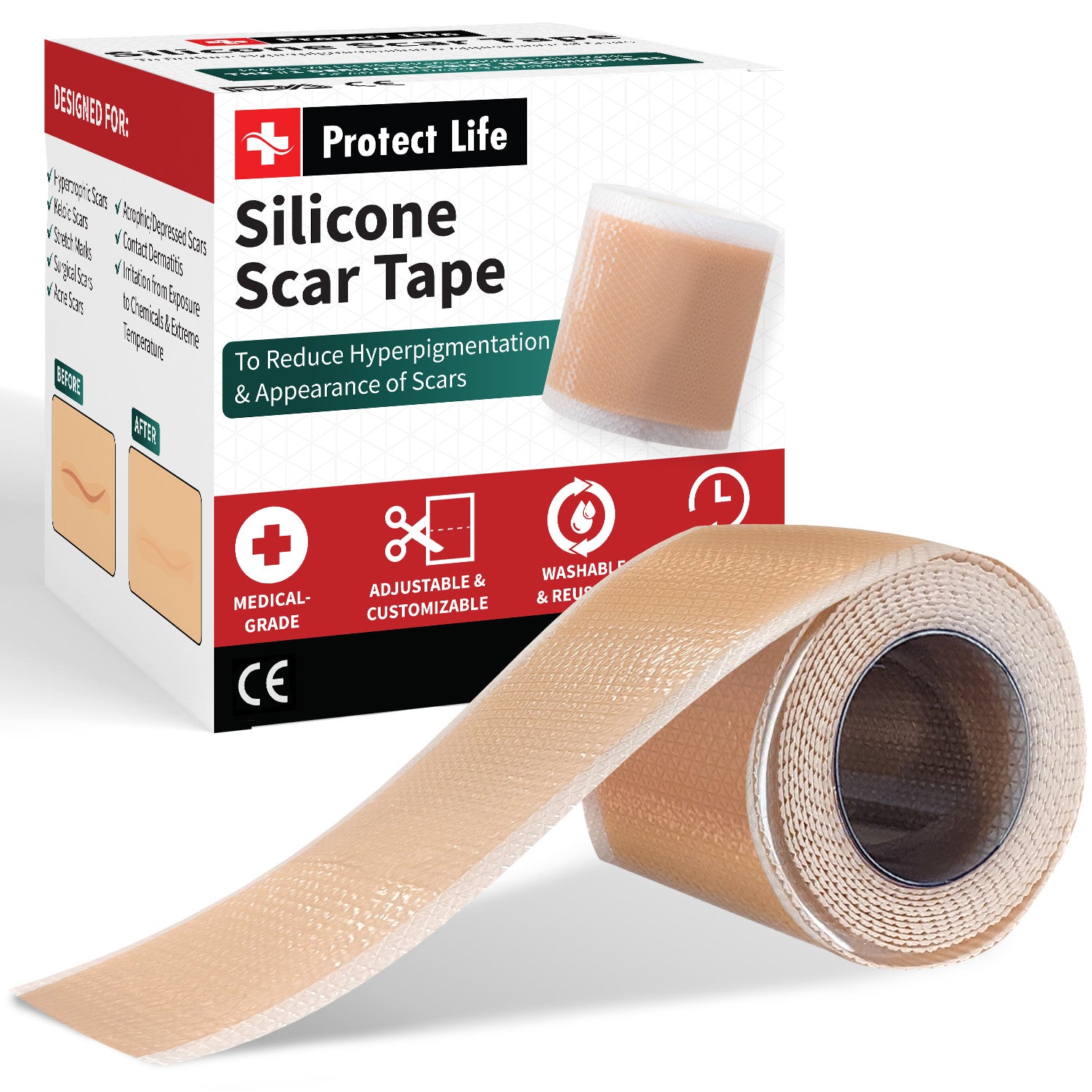As the public adjusts to the "new normal" and COVID-19 preventive protocols across the country include wearing face masks, interest has grown in finding suppliers and in creating masks at home.
Authorities all over the world stress that besides observing proper hygiene and physical distancing, mask-wearing is essential to keep you from possibly breathing in or spreading infectious particles. Proper usage, removal, change, and disposal are also necessary for the masks to be as effective as they should be.
In this article, we’ll help you understand how respirator masks work and how wearing them can help thwart the further spread of the coronavirus.
Respirator Mask Protect Wearers and People around Them

Influenza, SARS, and COVID-19 viruses can transfer from one person to another through the air or when people touch surfaces contaminated by viruses.
Although face masks don't block the virus per se, as virus particles only measure 0.1 µm in diameter, they can filter the droplets from saliva or respiratory secretions that may contain infectious elements. These droplets, which leave your body when you speak, cough, or sneeze, may range from 1 to 10 µm in diameter.
Larger droplets can go down quickly due to gravity, but finer liquid sprays, called aerosols, can linger in the air for up to 30 hours, like cigarette smoke in an unventilated room. Moreover, droplets can evaporate into fine particles that stay airborne. The ones released through coughing from an uncovered mouth can travel up to 12 feet away.
Masks are effective tools for "source control" or for preventing infected patients, including the asymptomatic, from spreading the virus to other people, as they trap droplets released from coughing or sneezing before they become smaller through evaporation.
According to researchers from the University of California San Francisco, masks can reduce the number of infectious organisms that may transfer to another person, resulting in a less severe form of the disease. Respirator masks are currently the standard in healthcare settings, as they can filter out particles as small as 0.3 micrometers.
Effectivity of Face Masks with Valves, Neck Gaiters
The Centers for Disease Control and Prevention (CDC) and Food and Drug Administration (FDA) don't recommend using N95 masks with valves or vents. Although one-way valves were designed to ease breathing and prevent moisture and heat buildup, these types of mask allow droplets to escape through the hole when wearers exhale, potentially affecting others if they have acquired the virus.
Moreover, the CDC doesn't advise the use of neck gaiters, as most of them were originally intended to shield the neck and face from the warm sun or harsh cold. They became popular among many athletes and runners because they were easier to breathe in, don't pull on the ears, and can be worn in different ways.
Duke University researchers said that gaiters, most of which are single-layer fabrics, may help break up droplets into a fine spray of particles that can stay in the air longer. Multi-layer neck gaiters, however, may be more successful at preventing the spread of droplets.
Amy Price and Larry Chu of Stanford's Anesthesia Informatics and Media Laboratory, whose research influenced the World Health Organization to promote the use of facemasks, said that the most effective cloth masks need to have three layers to be most effective. These include an absorbent inner layer, an inner layer of polypropylene or two layers of replaceable facial tissue, and a water-resistant outer layer.
Myths
Some common myths about wearing masks include the following:
It causes carbon dioxide intoxication.
Using a mask won't reduce your oxygen supply or cause you to inhale more carbon dioxide, as long as it fits properly and allows you to breathe normally. Throw disposable masks as soon as they get damp.
It can substitute for physical distancing.
You still need to keep your distance from others when you are in a busy restaurant or any crowded place.
Kids find it hard to wear masks so they don't need to wear them.
Children aged two and below might not be comfortable keeping the masks over their nose and mouths, but you can train older children to do so when they join you in public places.
How Masks Have Averted COVID-19 Spread
Among the widely reported positive results of mask-wearing was the case of two Missouri hair stylists who tested positive for COVID-19 in mid-May. They had worked with 139 clients before being confirmed positive. However, the two, along with all of their clients, followed a city ordinance on face covers and social distancing. As a result, the 67 clients who underwent testing were negative, and the rest who weren’t tested didn’t develop symptoms.
In January, a Canadian man who traveled from Wuhan and Guanzhou flew home to Toronto. Although he was later confirmed as COVID-19 positive, his fellow passengers— identified as close and non-close contacts—were sent for testing and turned out negative despite sharing a flight with a COVID-19 patient.
Meanwhile, the COVID-19 cases among healthcare workers at Mass General Brigham hospitals in Massachusetts dropped from 21% to 11%, after the management implemented a universal mask policy covering all 78,000 of its personnel.
On a larger scale, based on reports from the Health Affairs journal, the number of COVID-19 daily infections slowed down by 2 percentage points in 15 U.S. states and Washington D.C. when they enforced mandates on the community use of face masks from April 8 to May 15.
In its forecast last September, the Institute for Health Metrics and Evaluation said that it expects COVID-19 deaths to reach 410,450 deaths by January 1, 2021. But, if mask-wearing becomes mandatory nationwide, that figure can be cut by more than half to 288,380.
Outdoor mask usage currently stands at a little over 50%. IHME projected that if 95% of Americans will wear masks in the coming cold months, around 95,000 to 100,000 people could be spared from COVID-19 infection.
Community Use: Secret to N95 Precursor’s Success
What may be the most compelling evidence of the face mask's life-saving potential is its community-wide use during the 1910 pneumonic plague in northeast China. When the price of tarbagan marmot pelts boomed due to the popularity of fur in Europe, greedy hunters went as far as digging the rodents out of their burrows. Historians believe that slaughtered pneumonia-infected marmots were behind the plague.
A local doctor, Wu Lien Teh, who the government tasked to head the emergency response, instructed doctors, nurses, patients, grave diggers, and residents to wrap their faces after realizing bacteria was spread through the air.
The plague stopped within a year, as people heeded Wu’s instruction to wear his invention—a dual gauze layer that sandwiches a 6 by 4-inch cotton wool pad in the middle. His creation is considered the predecessor of today's N95 face mask.
Masking is Part of the Triad
Donning a mask continues to be part of what doctors remind as the 3 W's of COVID-19 prevention: wear a mask, wash your hands, and watch your distance.
These three behavioral changes won't make you invincible, but they provide the best defense against COVID-19 for now. Just as a majority of people have learned to practice handwashing and social distancing, using a mask can become a natural habit.
Protect Life has face masks that offer a close facial fit for medical professionals and children. Order a pack today.


